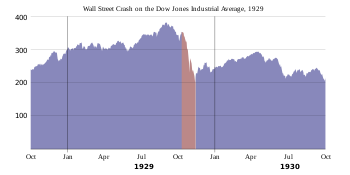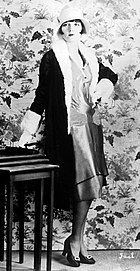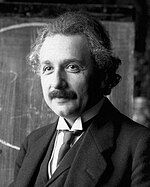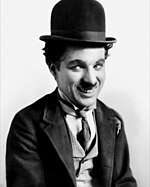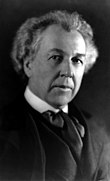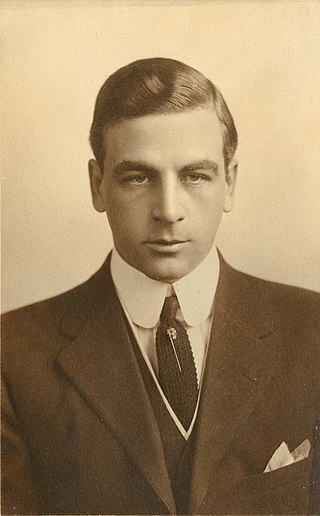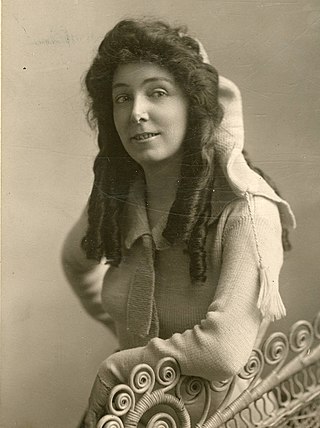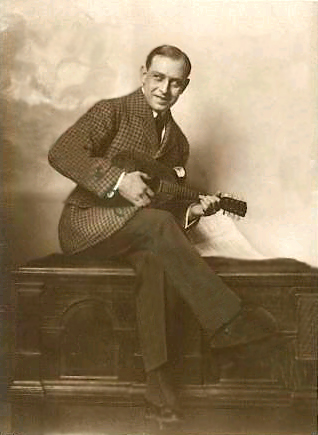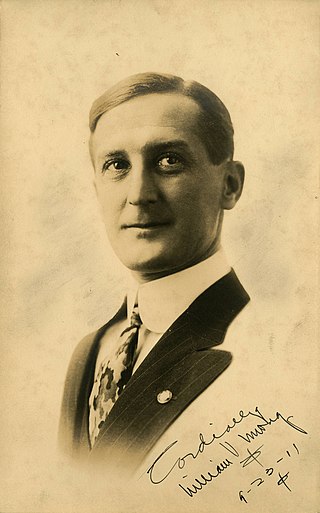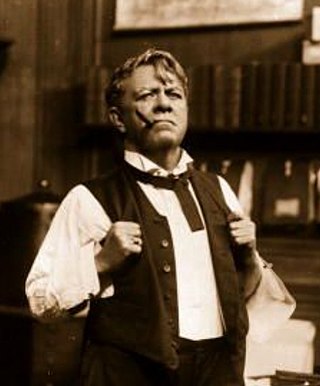
| Millennium |
|---|
| 2nd millennium |
| Centuries |
| Decades |
| Years |
| Categories |
The 1920s (pronounced "nineteen-twenties" often shortened to the "'20s" or the "Twenties") was a decade that began on January 1, 1920, and ended on December 31, 1929. In America, it is frequently referred to as the "Roaring Twenties" or the "Jazz Age", while in Europe the period is sometimes referred to as the "Golden Twenties" [1] because of the economic boom following World War I (1914–1918). French speakers refer to the period as the "Années folles" ("crazy years"), [2] emphasizing the era's social, artistic, and cultural dynamism.
Contents
- Social history
- Politics and wars
- Wars
- Internal conflicts
- Major political changes
- Decolonization and independence
- Prominent political events
- Economics
- Natural disasters
- Assassinations and attempts
- Science and technology
- Technology
- Science
- Popular culture
- Film
- Fashion
- Music
- Radio
- Arts
- Literature
- Architecture
- Sports highlights
- Miscellaneous trends
- People
- Science 2
- Literature 2
- Entertainers
- Film makers
- Artists
- Architects
- Sports figures
- See also
- Timeline
- Notes
- References
- Sources
- Further reading
The 1920s saw foreign oil companies begin operations in Venezuela, which became the world's second-largest oil-producing nation. [3] The devastating Wall Street Crash in October 1929 is generally viewed as a harbinger of the end of 1920s prosperity in North America and Europe. In the Soviet Union, the New Economic Policy was created by the Bolsheviks in 1921, to be replaced by the first five-year plan in 1928. The 1920s saw the rise of radical political movements, with the Red Army triumphing against White movement forces in the Russian Civil War, and the emergence of far-right political movements in Europe. In 1922, the fascist leader Benito Mussolini seized power in Italy. Other dictators that emerged included Józef Piłsudski in Poland, and Peter and Alexander Karađorđević in Yugoslavia. First-wave feminism made advances, with women gaining the right to vote in the United States (1920), Albania (1920), Ireland (1921), and with suffrage being expanded in Britain to all women over 21 years old (1928).
In Turkey, nationalist forces defeated Greece, France, Armenia and Britain in the Turkish War of Independence, leading to the Treaty of Lausanne (1923), a treaty more favorable to Turkey than the earlier proposed Treaty of Sèvres. The war also led to the abolition of the Ottoman Caliphate. Nationalist revolts also occurred in Ireland (1919–1921) and Syria (1925–1927). Under Mussolini, Italy pursued a more aggressive domestic and foreign policy, leading to the nigh-eradication of the Sicilian Mafia and the Second Italo-Senussi War in Libya respectively. In 1927, China erupted into a civil war between the Kuomintang (KMT)-led government of the Republic of China (ROC) and forces of the Chinese Communist Party (CCP). Civil wars also occurred in Paraguay (1922–1923), Ireland (1922–1923), Honduras (1924), Nicaragua (1926–1927), and Afghanistan (1928–1929). Saudi forces conquered Jabal Shammar and subsequently, Hejaz.
A severe famine occurred in Russia (1921–1922) due to the combined effects of economic disturbance because of the Russian Revolution and the Russian Civil War, exacerbated by rail systems that could not distribute food efficiently, leading to 5 million deaths. Another severe famine occurred in China (1928–1930), leading to 6 million deaths. The Spanish flu pandemic (1918–1920) and Russian typhus epidemic (1918–1922), which had begun in the previous decade, caused 25–50 million and 2–3 million deaths respectively. Major natural disasters of this decade include the 1920 Haiyuan earthquake (258,707~273,407 deaths), 1922 Shantou typhoon (50,000–100,000 deaths), 1923 Great Kantō earthquake (105,385–142,800 deaths), and 1927 Gulang earthquake (40,912 deaths).
Silent films were popular in this decade, with the highest-grossing film of this decade being either the American silent epic adventure-drama film Ben-Hur: A Tale of the Christ or the American silent war drama film The Big Parade , depending on the metrics used. Sinclair Lewis was a popular author in the United States in the 1920s, with his books Main Street and Elmer Gantry becoming best-sellers. Best-selling books outside the US included the Czech book The Good Soldier Švejk , which sold 20 million copies. Songs of this decade included "Mack the Knife" and "Tiptoe Through the Tulips".
During the 1920s, the world population increased from 1.87 to 2.05 billion, with approximately 700 million births and 525 million deaths in total.








